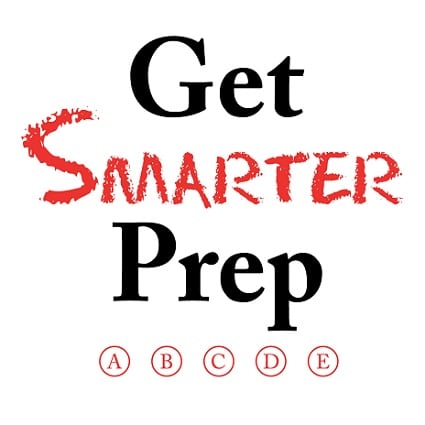Guessing on Standardized Tests – LotD-R
Guessing on Standardized Tests – Letter of the Day Strategy
Many tutors use various strategies when it comes to guessing on the ACT – one of the most common strategies is the Letter of the Day Strategy. With this approach, if a student comes across a question that they don’t know the answer to (and can’t do any eliminating of other answer choices) or if they are running out of time and need to fill in bubbles – they use the same letter every time throughout the entire test. Guessing is a very important and easy concept for a lot of tests – particularly the ACT and LSAT, as many if not most students have trouble with the timing of these tests.
Using the LotD Strategy is considered to be the gold standard of guessing methods – as it gives you the best shot at getting one out of four questions correct on average (or one out of five in the Math portion of the ACT).
Randomly guessing is much riskier. You may have a chance to get more of the questions correct, but you also have a chance of getting all of the questions incorrect. **(You still technically have a 25% chance – 20% in Math – of getting the question correct – but the odds are now positioned in a much riskier manner, statistically speaking).
While the LotD Strategy is certainly a good, risk-aversion approach to guessing on standardized tests, particularly multiple-choice test, I think for many students it is found lacking based upon a given student’s performance leading up to the guessing. What if we can increase the odds of getting questions correct from 25%, on a four answer choice test, to 30-40%?
Regression Toward the Mean
In statistics, there’s a phenomenon call Regression Toward the Mean – which basically says that even when things are randomized, there’s a tendency for the average to be achieved over a larger sample size. For instance, if you are looking at just four Reading ACT questions, the odds that one of the answers will be A/F is ¼. However, in such a small sample, it could be that it will be two correct answers or more. Or conversely, none of the answers could be A/F.
When looking at the Reading test as a whole, the sample is larger (40 questions total), so the odds that ¼ of the questions’ correct answers are A/F becomes more reliable, as the random variance has been reduced (not eliminated – as there can still be statistical anomalies).
What does this Mean?
What does this mean for a student on test day?! Particular students who are accurate with the questions that they’ve answered, but still have timing issues with particular sections (very common on many entrance exams), can improve their odds of guessing correctly by applying the aforementioned statistical concept.
For example, if a student has ten questions remaining in a set of 40 questions, they can quickly take inventory of the answer choices they’ve selected on the first 30 questions and guess the letter that has been used the least. If done correctly, the student should have a good opportunity to increase their accuracy in their guessing – which in the end will lead to a higher score.
The LotD-R strategy isn’t for everyone – and learning to quickly assess previous answers is a new skill that many haven’t previously practiced – but for some students, the strategy will allow for an improved score with minimal effort.
Test Prep
There are a number of ways to prepare for the test, including our ACT Prep Course, Semi-Private Tutoring or one-on-one Private Tutoring. One more question students need to ask themselves is this: Which test date is right for me? That’s a question only you can answer based upon your extracurricular activities, course schedule, academic readiness, and your ability to best prepare for the test.
Our courses generally start 8 weeks prior to the actual test date, so make sure you leave enough time to appropriately prepare for the ACT given your set goals. If you’re looking for a big jump in your composite score, you will need the full amount of time to prepare for the test. Schedule accordingly. If you have no idea what you would score on a standardized test and would like a good baseline to begin with, we offer Free Practice Tests every Saturday morning. Sign up for a Practice Test.



